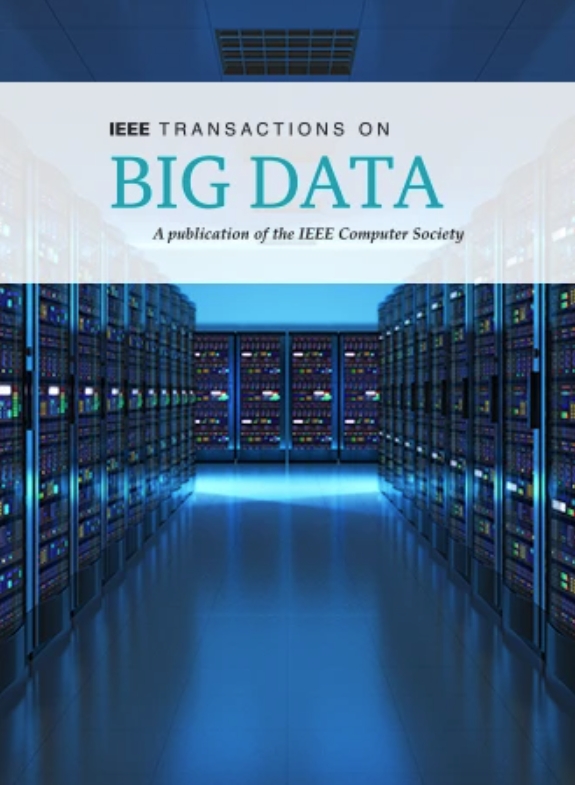GAT-COBO: Cost-Sensitive Graph Neural Network for Telecom Fraud Detection
IF 7.5
3区 计算机科学
Q1 COMPUTER SCIENCE, INFORMATION SYSTEMS
引用次数: 0
Abstract
Along with the rapid evolution of mobile communication technologies, such as 5G, there has been a significant increase in telecom fraud, which severely dissipates individual fortune and social wealth. In recent years, graph mining techniques are gradually becoming a mainstream solution for detecting telecom fraud. However, the graph imbalance problem, caused by the Pareto principle, brings severe challenges to graph data mining. This emerging and complex issue has received limited attention in prior research. In this paper, we propose aGAT-COBO:用于电信欺诈检测的成本敏感图神经网络
伴随着 5G 等移动通信技术的快速发展,电信诈骗案件大幅增加,严重侵蚀了个人财富和社会财富。近年来,图挖掘技术逐渐成为检测电信诈骗的主流解决方案。然而,帕累托原理导致的图不平衡问题给图数据挖掘带来了严峻的挑战。这一新兴而复杂的问题在之前的研究中受到的关注有限。在本文中,我们针对图不平衡问题提出了一种具有 COst-sensitive BOosting(GAT-COBO)功能的图 ATtention 网络。首先,我们设计了一个基于 GAT 的基础分类器来学习图中所有节点的嵌入。然后,我们将嵌入信息输入一个精心设计的成本敏感学习器,以进行不平衡学习。接下来,我们根据误分类成本更新权重,使模型更加关注少数类别。最后,我们将多个成本敏感学习器获得的节点嵌入相加,得到一个综合节点表示,用于下游的异常检测任务。在两个真实世界的电信欺诈检测数据集上进行的大量实验表明,我们提出的方法对图不平衡问题非常有效,性能优于最先进的 GNN 和基于 GNN 的欺诈检测器。此外,我们的模型还有助于解决 GNN 中普遍存在的过度平滑问题。
本文章由计算机程序翻译,如有差异,请以英文原文为准。
求助全文
约1分钟内获得全文
求助全文
来源期刊

IEEE Transactions on Big Data
Multiple-
CiteScore
11.80
自引率
2.80%
发文量
114
期刊介绍:
The IEEE Transactions on Big Data publishes peer-reviewed articles focusing on big data. These articles present innovative research ideas and application results across disciplines, including novel theories, algorithms, and applications. Research areas cover a wide range, such as big data analytics, visualization, curation, management, semantics, infrastructure, standards, performance analysis, intelligence extraction, scientific discovery, security, privacy, and legal issues specific to big data. The journal also prioritizes applications of big data in fields generating massive datasets.
 求助内容:
求助内容: 应助结果提醒方式:
应助结果提醒方式:


